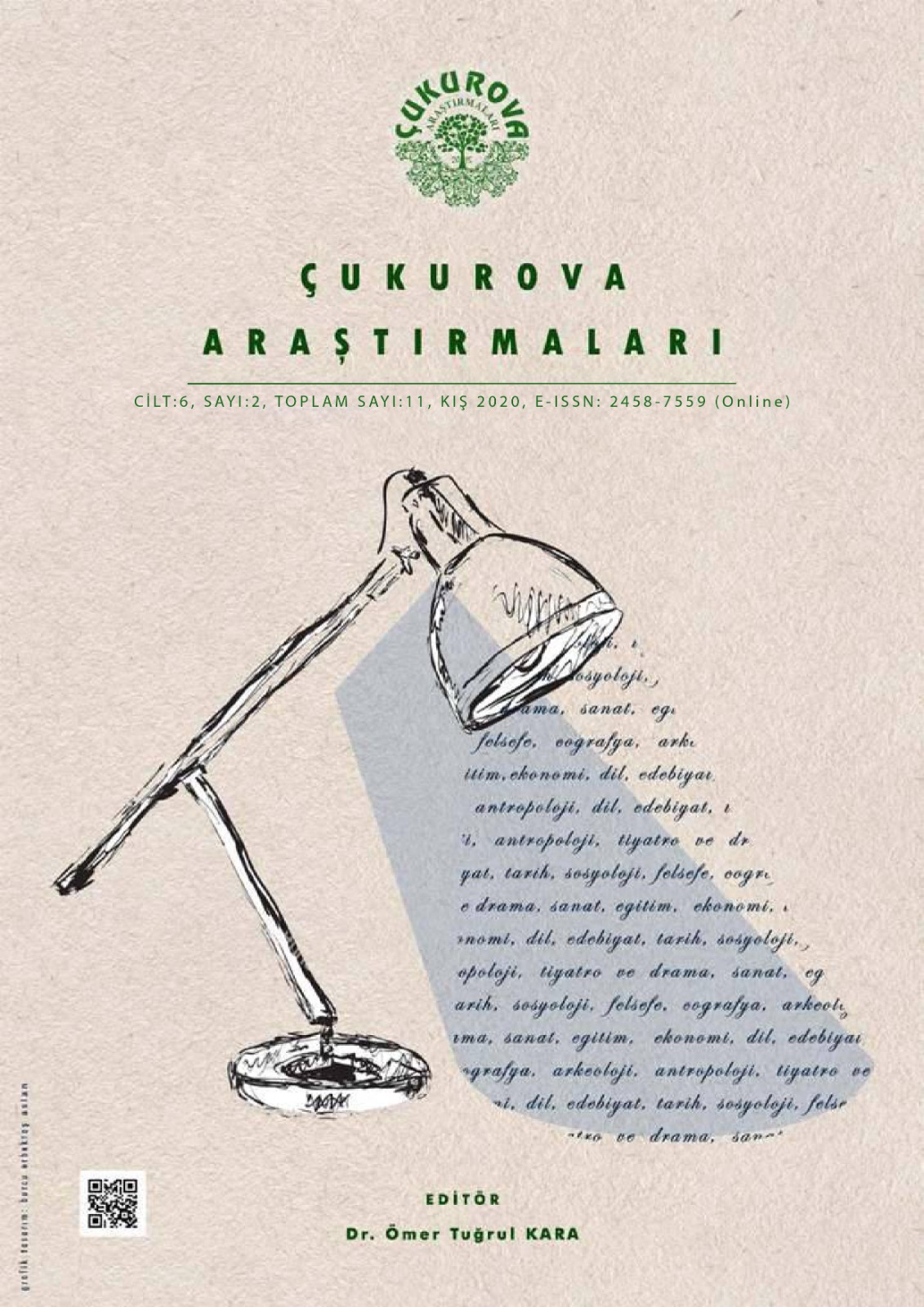Author :
Abstract
Ünlem bir dilde dilbilgisel görev üstlenen ve metne çeşitli anlamlar yükleyen önemli unsurlardan biridir. Genel anlamda her dilde şu ya da bu şekilde bir kullanıma sahip olan ünlem gerek bu özelliği bakımından gerekse farklı işlevsel değerlere sahip olması nedeniyle de evrensel bir nitelik taşır. Bu bağlamda, yapı ve kullanım olarak dillerde ortak bir görünüm taşıyan ünlemin bir dilden diğerine anlamsal bazı farklılıklar taşıyabileceği de olasıdır. Dolayısıyla birçok dilbilgisel unsurda olduğu gibi, ünlemin de diller arası bağlamda ele alınarak bu tür farklılıkların saptanması hem dil hem de çeviri açısından önem arz etmektedir. Zira diller arasındaki dilbilgisel unsurlarla ilgili farklılıkların çeviride güçlükler oluşturabileceğini söylemek mümkündür.
Bu çalışmanın amacı, ünlemlerin dillere göre anlam farklılıklarını inceleyebilmek adına, Fransızcadaki ünlemlerin Türkçeye aktarımlarını değerlendirmektir. Bu amaç doğrultusunda, çalışmada örneklem olarak ünlem örneklerinin sıkça yer aldığı Molière’in Cimri (Fr. L’Avare) adlı eseri incelenmiştir. Bu yazınsal örneklem üzerinden Fransızca ünlem türlerinin saptanması ve bu ünlemlerin Türkçeye çevirileri irdelenmiştir. Yöntem olarak öncelikle örneklemden hareketle Fransızcadaki ünlem türleri ve bu ünlemlerin kullanımları belirlenmiştir. Ardından belirlenen birincil ve ikincil ünlemlerin doğrultusunda bu ünlemlerin Türkçeye çevirileri çizelgeler üzerinde gösterilerek değerlendirmeler yapılmış, hangi ünlemin nasıl çevrilebileceği konusunda önerilere yer verilmiştir. Çalışmanın genel anlamda yabancı dil öğrenimine ve özellikle çeviri çalışmalarına katkı sunacağı ümit edilmektedir.
Keywords
Abstract
The interjection is an essential element that assumes a grammatical task in a language and gives various meanings to the text. In general, the interjection, which has usage in every language in one way or another, is universal in terms of this feature. In this context, it is possible that the interjection, which has a common appearance in languages in terms of structure and usage, may have some semantic differences from one language to another. Therefore, as with many grammatical elements, the determination of such differences by considering the interjection in the context of the languages is important both in terms of language and translation. It can be said that the differences in grammatical elements between languages may cause difficulties in translation.
This study aims to evaluate the translation of French interjections into Turkish to examine the differences in the meaning of the interjections according to languages. In line with this purpose, Molière's playwright named The Miser (Fr. L'Avare), in which interjection examples are frequently included was examined as a sample in the study. Based on this literary sample, the determination of French interjection types and their translation into Turkish were examined. As a method, first of all, the types of interjection in French and their uses were determined based on the sample. Then, the translations of these interjections into Turkish were shown on the tables, and some suggestions were made on how to translate which interjection point. It is expected that the study will contribute to foreign language learning in general and translation studies in particular.
Keywords
- Ameka, F. (1992). Interjections: The universal yet neglected part of speech. Journal of Pragmatics 18,101- 118.
- Ballard, M. (2003). Versus : La version réfléchie. Paris : Éditions Ophrys.
- Barbéris, J.-M. (1992). Onomatopée, interjection, un défi pour la grammaire. L’information Grammaticale, n°1, 52-57.
- Bosquart, M. (1998). Nouvelle grammaire française. Montréal : Guérin.
- Christophe, P. (2013). Grammaire française en fiches. Paris : Ellipses.
- De Villers, M.-É. (2009). Nouvelle grammaire en tableaux. Paris : Québec Amérique.
- Fleck, F. (2008). Interrogation, coordination et subordination : le latin quin. Paris : Presses de l’Université de Paris-Sorbonne.
- Grevisse, M. (1969). Le bon usage (9e éd.). Paris : Éditions J. Duculot.
- Halté, P. (2013). Les marques modales dans les chats : étude sémiotique et pragmatique des interjections et des émoticônes dans un corpus de conversations synchrones en ligne. (Thèse de doctorat En cotutelle avec les Universités du Luxembourg et de Lorraine, présentée à l’Université du Luxembourg).
- Laporte, M. ve Rochon, G. (2011). Nouvelle grammaire pratique pour tous. Anjou : CEC.
- Molière, J-B, P. (2000). Cimri. (S. Eyüboğlu, Çev.) İstanbul: Türkiye İş Bankası Kültür Yayınları.
- Molière, J-B, P. (1960). Œuvres Complètes de Molière II (Nouvelle Édition). Paris : Garnier Frères.
- Porée, M.-D. (2011). La Grammaire française pour les nuls. Paris : First-Gründ.
- Saraç, T. (1985). Büyük Fransızca-Türkçe Sözlük. İstanbul: Adam Yayınları.
- Swiatkowska, M. (2006). L'interjection : entre deixis et anaphore. Langages, 161,47-56.
- Wilmet, M. (1997). Grammaire critique du français. Louvain-la-Neuve : Duculot.





